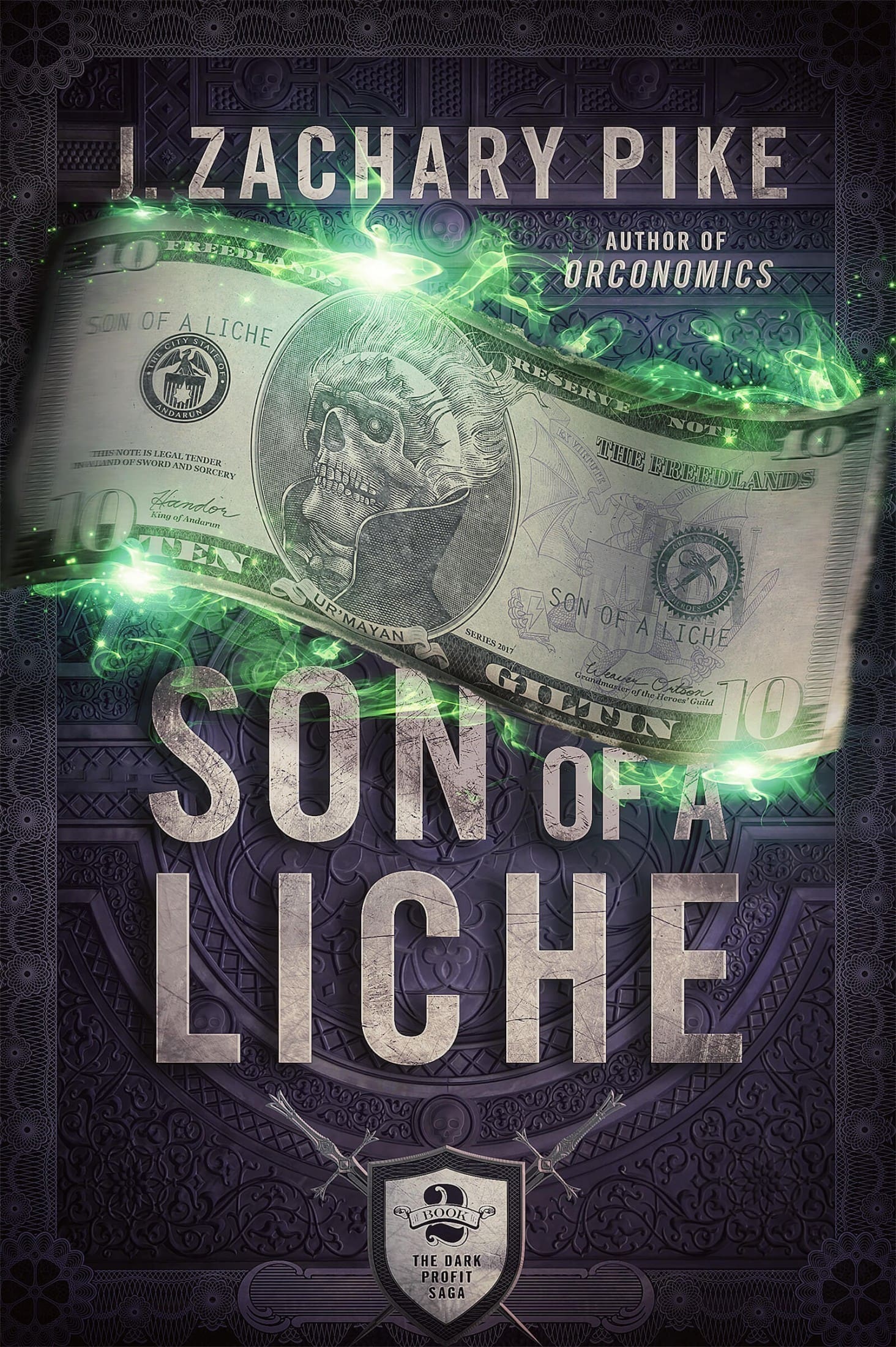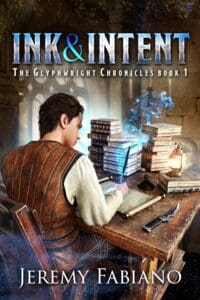
Synopsis
A doubly disgraced Dwarven hero. A band of accident-prone adventurers. Giving redemption a second shot may have been a grave mistake…
Still bruised and heartbroken from their last calamitous quest, Gorm Ingerson and his band of washed-up heroes try to make amends for the Orcs they accidentally betrayed. But justice is put on hold when an old foe marches to the city gates. Gorm is horrified to discover a liche pitching the frightened city-dwellers on the merits of the undead lifestyle… at the head of a corpse army.
To save the city from high-pressure sales tactics and an inevitable siege, the Dwarf warrior and his misfit band hatch a harebrained scheme that lands them at the top of the king’s kill list. With death and dark magic on his heels, Gorm must craft his own pitch to round up the troops and put the undead snake-oil salesman and his army of pushers permanently out of business.
Review
After the end of Orconomics left me wanting to come back for more, I launched into the second instalment of the Dark Profit Saga immediately. Set in a world where heroic endeavours are controlled by corporate interests and treasure is seized by the highest bidder, the story works both as a satire and as an entertaining adventure in its own right.
Second books in trilogies can often be tricky, but Pike handles the narrative development with just as much finesse as the first book. It’s a lengthy read but it doesn’t drag and I was thoroughly engaged. The plot is more complex with more players involved, but still centred around the group we know and love from the first volume. Gorm, a dwarf who finds himself disgraced again after the events of the first book, is trying to make amends for those events, when a threat arrives in the form of a necromancer recruiting for his undead army.
The characters who didn’t get as much page time in the first volume also feel more fleshed out and get more page time, as backstory is revealed and character arcs expand and develop as the story progresses. I was especially impressed with the way the author moves between perspectives without any friction or confusion.
With a story that only grows in scope as the narrative progresses, there are the same themes of capitalism, corruption and exploitation examined through a fantasy lens in a satire that never loses the heart and soul of its characters. The author expertly balances humour and heart in the same manner as the first book with a narrative that both expands and develops the world without feeling like setup for the final instalment.
And with that ending, I was certainly ready to dive into the third book right away!







Leave a Reply